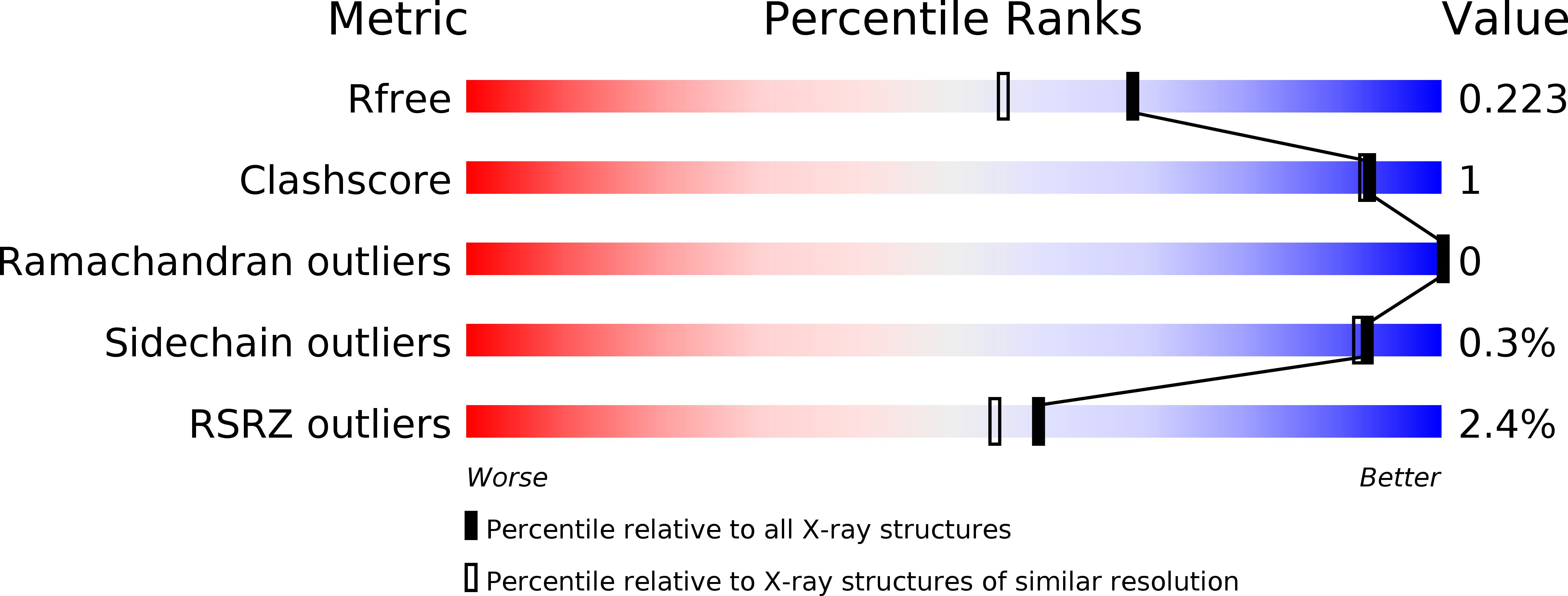
Deposition Date
2012-12-21
Release Date
2013-03-20
Last Version Date
2024-11-20
Entry Detail
PDB ID:
4IJ6
Keywords:
Title:
Crystal Structure of a Novel-type Phosphoserine Phosphatase Mutant (H9A) from <i>Hydrogenobacter thermophilus</i> TK-6 in Complex with L-phosphoserine
Biological Source:
Source Organism:
Hydrogenobacter thermophilus (Taxon ID: 608538)
Host Organism:
Method Details:
Experimental Method:
Resolution:
1.80 Å
R-Value Free:
0.21
R-Value Work:
0.19
R-Value Observed:
0.19
Space Group:
P 21 21 21


